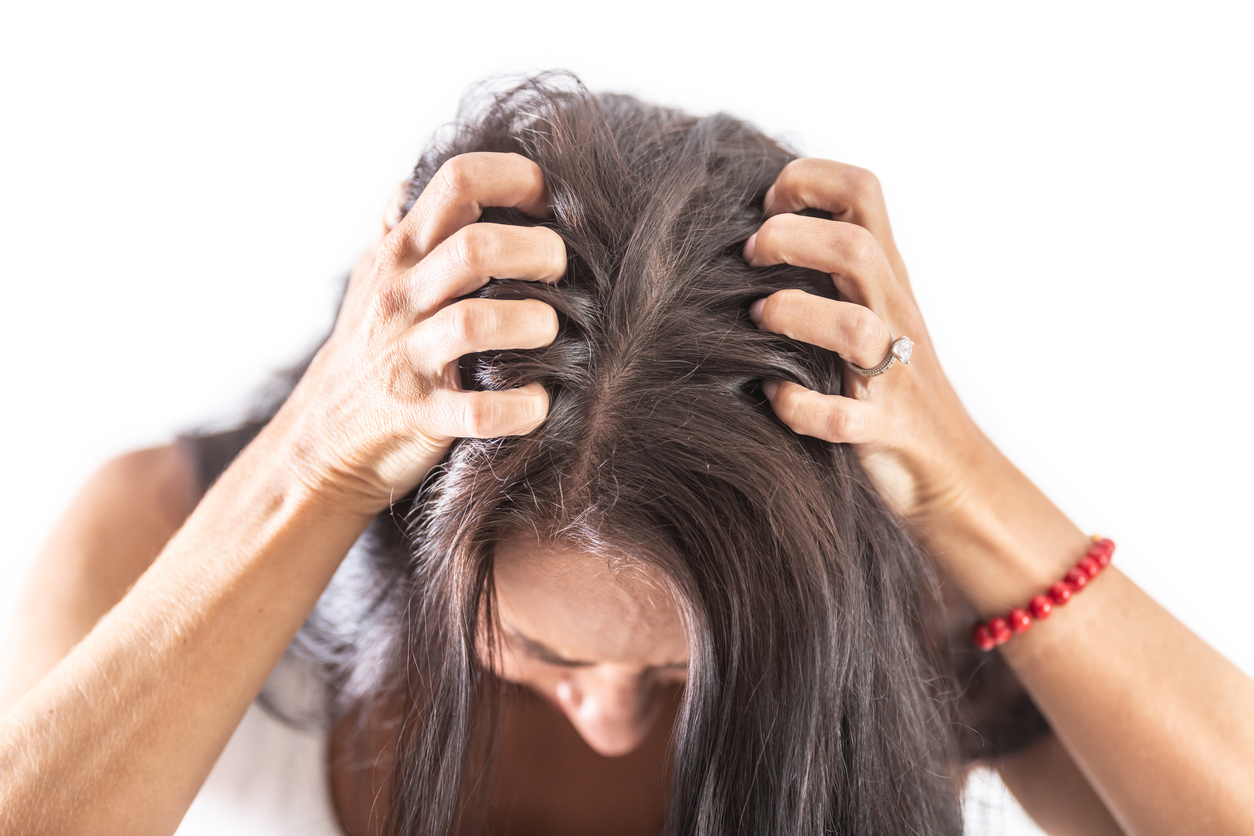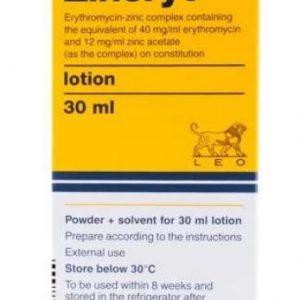
Scalp Acne: How To Treat Pimples On Your Scalp
Pimples can form on your scalp or along your hairline.
But with a few adjustments to your hair care routine, scalp pimples can be cleared and managed without too much trouble.
What Causes Pimples On Your Scalp?
Scalp acne develops when there is a buildup of dead skin cells and excess sebum (an oily substance) in the hair follicles. Acne-causing bacteria may also infect these clogged pores, leading to the inflammation of the hair follicle [1]. Since there are many hair follicles and oil-producing glands on your scalp, it is common for scalp pimples to form.
Washing your hair infrequently or the regular use of headwear may lead to a buildup of dirt, oil, or dead skin cells that can plug your pores and lead to acne. Some people may also notice scalp acne when using specific shampoos, conditioners, styling products, and hairsprays. This is where adjusting your haircare routine may help with tackling scalp acne.
Changes in your hormone levels may also cause acne. Fluctuations in the level of androgen hormones, particularly testosterone, may cause your body to secrete more sebum.
Symptoms Of Scalp Acne
Some symptoms you may notice include small bumps along your forehead, hairline, back of your neck, or on your scalp. Some of these bumps may be painful, inflamed, or contain a fluid known as pus. An itchy scalp isn’t a typical symptom of scalp acne.
The type of acne you have is usually differentiated by the severity of your condition (mild, moderate, or severe) and the type of pimples or acne spots you notice. The recommended treatment regimen could differ based on your acne severity.
How To Treat Scalp Acne
There are various methods of treating scalp acne, which may involve adjusting your hair routine.
If you’ve noticed that your condition flares up whenever you use a particular hair product, switch that out of your routine. Your scalp acne will usually subside on its own once you stop the product.
Opt for hair products that are oil-free or non-comedogenic.
Additionally, some simple lifestyle measures you may take include:-
- Washing your hair more regularly
- Washing your hair after exercise or other activities that cause you to sweat
- Removing makeup before bed to prevent pimples along the hairline
- Keeping objects that touch your scalp clean (e.g., pillowcases, headwear, headbands, or hats)
- Rinsing your shampoo and conditioner off completely
If these lifestyle changes don’t improve your acne, you may require an over-the-counter medicated shampoo for acne. These medicated products typically contain one or more of the ingredients below:-
- Salicylic acid [2]
- Benzoyl peroxide
- Glycolic acid
If these medicated shampoos don’t help, your healthcare professional may recommend an acne treatment for stubborn scalp acne. These acne treatments may include:-
- Antibiotics (topical or oral)
- Isotretinoin
- Steroid injections
- Photodynamic therapy
Scalp acne can usually be treated at home via simple lifestyle modifications. But if your scalp acne continues to persist or worsen, it’s best to seek the advice of your dermatologist.
[1] Dréno B. (2017). What is new in the pathophysiology of acne, an overview. Journal of the European Academy of Dermatology and Venereology: JEADV, 31 Suppl 5, 8–12. https://doi.org/10.1111/jdv.14374
[2] A double-blind, placebo-controlled evaluation of a 2% salicylic acid cleanser for improvement of acne vulgaris. (2013, April). Journal of the American Academy of Dermatology, 68(4), AB12. https://doi.org/10.1016/j.jaad.2012.12.052






